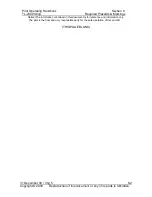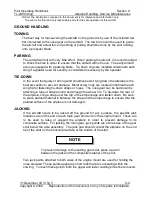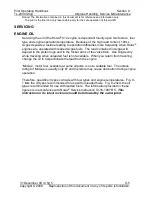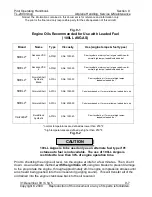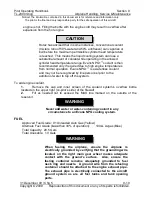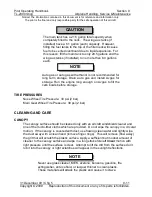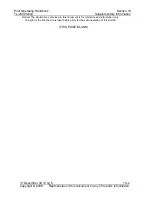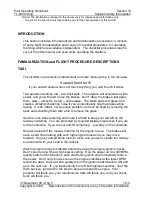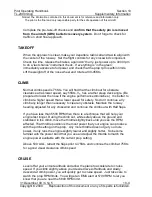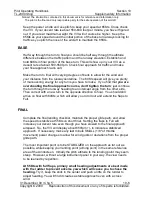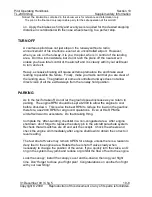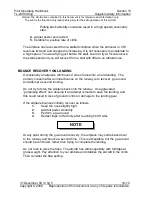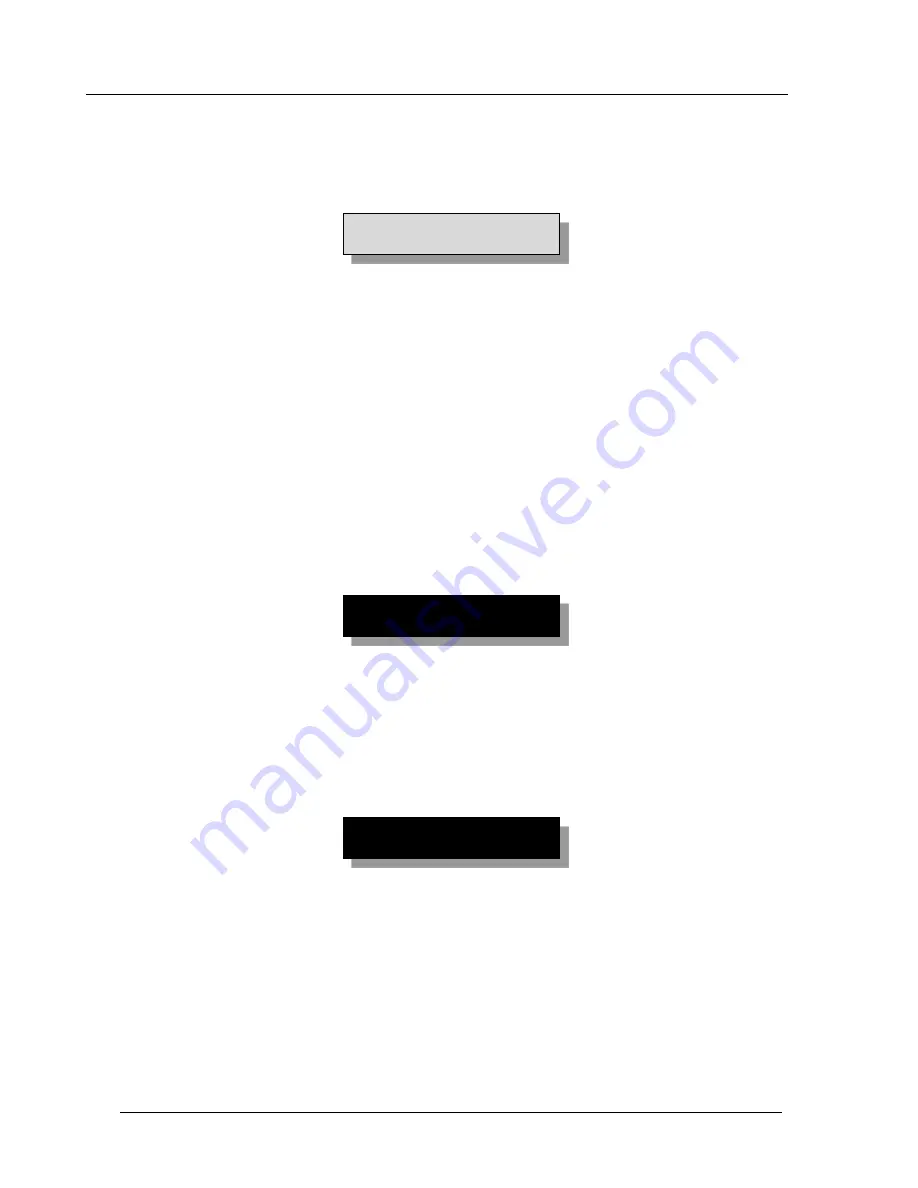
Pilot Operating Handbook
Section 9
TL-2000
Sting
Airplane Handling, Service & Maintenance
Notice! The information contained in this document is for reference and information only.
The pilot is the final and only responsible party for the safe operation of this aircraft.
31 December 09 / Chg 5
9-10
Copyright © 2009 Reproduction of this document or any of its parts is forbidden.
engine is
hot.
Filling the bottle with the engine cold may result in overflow after
expansion from the hot engine.
Rotax has advised that in some instances, conventional coolant
(mixture ratio of 50% water and 50% antifreeze) can vaporize or
boil before the maximum permissible cylinder head temperature
is reached. This means the liquid cooling system can lose a
substantial amount of coolant while operating in the allowed
cylinder head temperature range.
Evans NPG+
™
coolant is then
recommended only if required due to high engine temperatures
from normal operation. Evans NPG+
™
is a waterless coolant
and may not be recognized by line personnel prior to the
addition of water to top off the system.
To add engine coolant:
1.
Remove the cap and inner screen of the coolant system’s overflow bottle
located on the upper right (co-pilot’s side) of the firewall
2.
Fill as needed not to exceed the MAX line marked on the outside of the
reservoir.
Never add water or water-containing coolant in any
circumstance to an Evans NPG cooling system.
FUEL
Approved Fuel Grade: 91 Unleaded Auto Gas (Yellow)
Alternate Fuel Grade (
less
than 30% of operation): 100LL Avgas (Blue)
Total Capacity: 20.5 Gals
Total Unusable: 1.0 Gals
When fueling the airplane, ensure the airplane is
electrically grounded by verifying that the grounding wire
located on the right main gear wheel makes adequate
contact with the ground’s surface. Also, ensure the
fueling container remains adequately grounded to fuel
neck ring and nozzle. A ground wire from the refueling
container should be attached to the engine exhaust pipe.
The exhaust pipe is electrically connected to the aircraft
ground system as are all fuel tanks and tank opening
ports.
CAUTION
WARNING
WARNING

